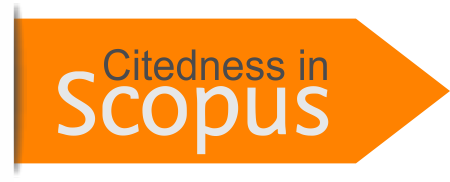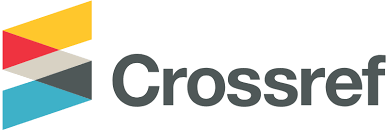Analysis of Deposit Calculations and Reporting Personal Income Tax Uses E-Form Application on Personal Wp Registered at Kpp Tegalaga
Abstract
Personal income tax is a tax imposed on personal tax subjects on income received or earned in one tax year and has been regulated in Law no. 36 of 2008 concerning Income Tax. In this study using a qualitative descriptive method, namely collecting available data, compiling it, studying it, and then conducting further analysis regarding the calculation, deposit and reporting of Personal Income Tax on personal taxpayers registered at The Pratama Bandung Tegalega Tax Service Office. Based on the results of the analysis conducted, it can be concluded that the personal taxpayers registered at the Pratama Bandung Tegalega Tax Service Office as a whole have an average income of more than one source, where the tax calculation results in underpaid taxes. Underpaid tax deposit using electronic Deposit Letter with e-Billing system.
Keywords
Full Text:
PDFReferences
Astuti, A. D. (2020). The Strategy of Principal in Instilling Religious Character in Muhammadiyah Elementary School. European Educational Researcher, 3(2), 67-85.
Diamond, P., & Saez, E. (2011). The case for a progressive tax: From basic research to policy recommendation. Journal of Economic Perspectives, 25(4), 165-190.
Indonesia, R. (2009). Law of the Republic of Indonesia number 36 of 2009 concerning Health. Jakarta Republic.
Lailiyah, N., & Sebayang, L. K. B. (2019). Effectiveness of E-Billing System in Tax Payments for Taxpayers. Economics Development Analysis Journal, 8(4), 267-280.
Murray, B., & Rivers, N. (2015). British Columbia’s revenue-neutral carbon tax: A review of the latest “grand experiment” in environmental policy. Energy Policy, 86, 674-683.
Nuryanah, S., & Gunawan, G. (2022). Tax amnesty and taxpayers’ noncompliant behaviour: evidence from Indonesia. Cogent Business & Management, 9(1), 2111844.
Saez, E., & Stantcheva, S. (2016). Generalized social marginal welfare weights for optimal tax theory. American Economic Review, 106(01), 24-45.
Sahade, S., & Adi, A. (2021). The Effectiveness Rate of Products Before and After the Use of E-Billing Method. Budapest International Research and Critics Institute (BIRCI-Journal): Humanities and Social Sciences, 4(4), 10307-10316.
Sekecamatan, A. A. M. T. N. (2021). Efforts to improve by provision of infrastructure services and extracuricular implementation learning achievement.
Syarifudin, A. (2022). Analysis of Ptkp Changes in the Pph 21 Calculation Scheme and Its Implications for Taxpayers. Jurnal Mantik, 6(2), 1748-1756.
Yusup, M., Hardiyana, A., & Sidharta, I. (2015). User acceptance model on e-billing adoption: A study of tax payment by government agencies. Asia Pacific Journal of Multidisciplinary Research, 3(4), 150-157.
Zulhaimi, H., & Prawira, I. F. A. (2021). Income Tax Installment Incentive Article 25" Not Attractive for Entrepreneurs?". Asia Proceedings of Social Sciences, 8(2), 126-129.
DOI: https://doi.org/10.46336/ijbesd.v4i2.431
Refbacks
- There are currently no refbacks.
Copyright (c) 2023 International Journal of Business, Economics, and Social Development

This work is licensed under a Creative Commons Attribution 4.0 International License.
Published By:
IJBESD: Jalan Riung Ampuh No. 3, Riung Bandung, Kota Bandung 40295, Jawa Barat, Indonesia
IJBESD Indexed By:
 This work is licensed under a Creative Commons Attribution 4.0 International License.
This work is licensed under a Creative Commons Attribution 4.0 International License.






.png)



